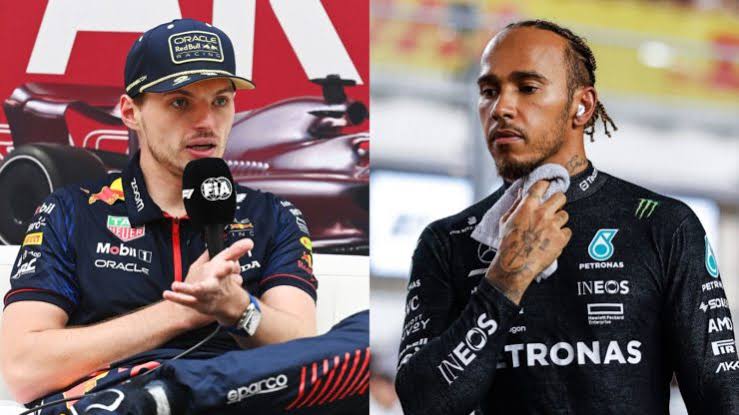Lewis Hamilton’s struggles in the 2024 F1 season’s qualifying sessions underscore a critical disconnect between his driving style and the characteristics of the Mercedes W15.

Despite the seven-time World Champion’s immense talent, George Russell has consistently outperformed him in one-lap pace, winning their qualifying head-to-head battle for the season.
The margin between the two drivers often appears minimal, but it reveals key issues Hamilton has faced, including execution errors and his misalignment with the car’s engineering demands.
### Key Issues Impacting Hamilton’s Qualifying Performance
1. **Inconsistent Execution Under Pressure**
Hamilton has frequently struggled to deliver a flawless lap at critical moments, leading to errors that cost him valuable positions. Mistakes such as lock-ups, slides, and overdriving corners have been recurring themes. This inconsistency starkly contrasts with Russell’s ability to extract the maximum from the W15, even under challenging conditions.
2. **Driving Style vs. W15 Engineering**
Hamilton’s natural driving style relies on precision and fluidity, but the W15 demands a more aggressive approach to cornering and traction zones. This fundamental mismatch has made it harder for him to fully adapt and capitalize on the car’s strengths, particularly in qualifying, where margins are razor-thin.
3. **High-Pressure Moments**
At tracks where Mercedes demonstrated strong qualifying pace, such as Las Vegas, Bahrain, and Canada, Hamilton was unable to convert the car’s potential into top-tier starting positions. These instances highlight his struggles with maintaining composure and consistency under pressure.
—
### Notable Qualifying Errors
1. **Las Vegas GP**
– **Mistake:** A lock-up on his first Q3 lap and a slide at Turn 3 on his second attempt.
– **Outcome:** Qualified P10 despite Mercedes’ dominance, while Russell secured pole position.
2. **Bahrain GP**
– **Mistake:** Overcommitted in the fast hairpin at Turns 6 and 7, losing time and precision.
– **Outcome:** Qualified P9, far off Russell’s P3.
3. **Canadian GP**
– **Mistake:** Lost almost three-tenths in the final sector due to a slip in the closing meters of the lap.
– **Outcome:** Finished P7, while Russell capitalized on the W15’s performance for pole.
4. **Austrian GP**
– **Mistake:** Went wide at Turn 3, lost traction at Turn 4, and overdrived the last corner attempting to recover.
– **Outcome:** Qualified P5 behind Russell’s P3.
5. **Italian GP**
– **Mistake:** A poor entry into the Parabolica and a loss of traction at Ascari negated gains made in the second sector.
– **Outcome:** Hamilton trailed Russell yet again in qualifying.
—
### Analysis of the Russell-Hamilton Dynamic
George Russell’s success over Hamilton in qualifying highlights his adaptability and his synergy with the W15. Russell has consistently been able to minimize errors and optimize the car’s performance, particularly in high-stakes moments. This contrasts with Hamilton’s struggles to consistently align his natural driving style with the car’s demands.
### Conclusion
While Lewis Hamilton remains an extraordinary talent and a key figure in Mercedes’ strategy, his 2024 qualifying struggles signal the need for significant adaptation.
Whether it’s a matter of altering his approach or Mercedes engineering a car more suited to his strengths, addressing this disparity will be critical for both Hamilton’s performance and the team’s future success.



